© 2011-2025 The Avataric Samrajya of Adidam Pty Ltd, as trustee for the Avataric Samrajya of Adidam. All rights reserved.
Posted March 2015
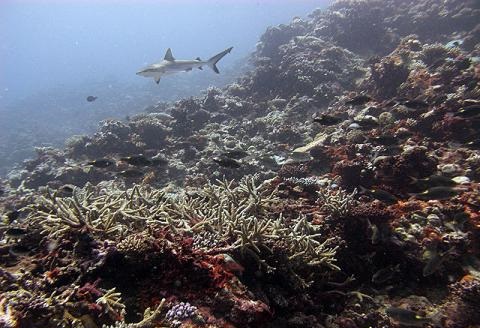
Over the past five years, we have witnessed and documented a period of almost unbroken re-growth and recovery on Naitauba’s reef. Coral and fish populations have been growing for well over a decade following the severe coral bleaching incidents that damaged much of the reef in 2000 and 2002.
It has seemed that global warming has been somehow miraculously “on hold”, letting us glimpse the richness and extraordinary regenerative capabilities of this living reef system. Still, we have known all along that this fortunate period of benign weather and sea conditions would likely not last forever.
A major change is underway now. Key cycles in Pacific Ocean currents and weather are moving into a new phase. “El Nino” conditions have now been confirmed across the Pacific, and are expected to extend into the Northern Hemisphere summer.
We saw early warning signs back in January of 2014, with a long string of hot sunny days and flat calm seas that heated the surface waters of the lagoon to the point that we began to see coral bleaching in many parts of the inner reef.
In March of 2014, scientific measurements across the Pacific Ocean revealed that the heat content of the Pacific had reached the highest levels recorded since comprehensive measurements were begun in 1979. Since then, we have been watching and waiting to see what all this will mean for Naitauba’s reef, and for the coral reefs of the world.
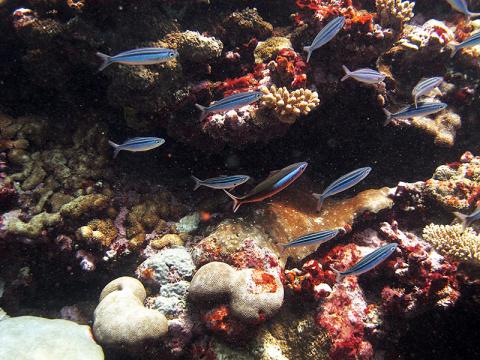
This year, the pattern continues to unfold. For the first time since 2009-2010, El Nino conditions have returned to the Pacific.
For Naitauba, once again we are experiencing a steady string of intensely hot, sunny, and calm days that began in February and is continuing into March. The relentless heat of the sun warms the lagoon waters and raises the temperature above tolerable limits for reef-building corals. The symbiotic algae within the coral tissues are expelled, and only the white coral skeleton remains. The coral is thus “bleached”, and if temperatures remain high, will die.
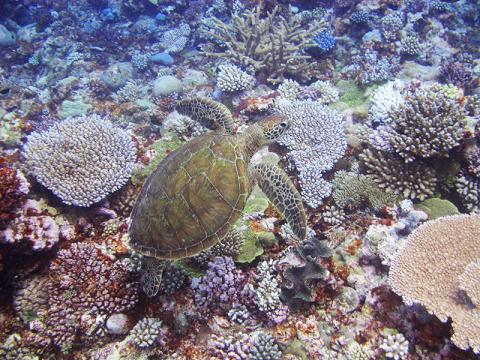
Now, snorkeling inside the lagoon, we are seeing dramatic signs—extensive bleaching of sensitive coral species on the shallower areas of inner lagoon patch reefs. And the hot days are still continuing.
Using scuba gear recently acquired with contributions from our supporters, we have been able to go outside the reef to look at the outer reef slopes. So far, the outer reef slopes are relatively unaffected by the buildup of heat that is impacting inner reef areas.
The photos that we are including with this update show the dramatic contrast between the still-healthy corals of the outer reef slopes and the stark white skeletons of damaged coral areas inside the reef.
We can see that we have a lot to learn about how warming trends will affect the reef, and how the reef will respond.
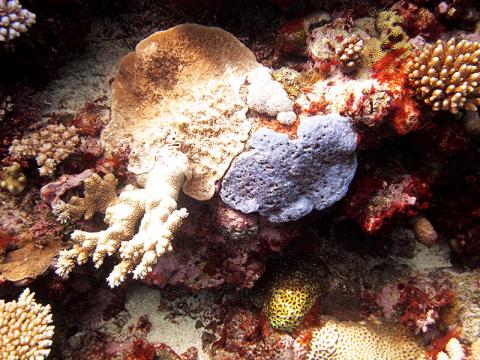
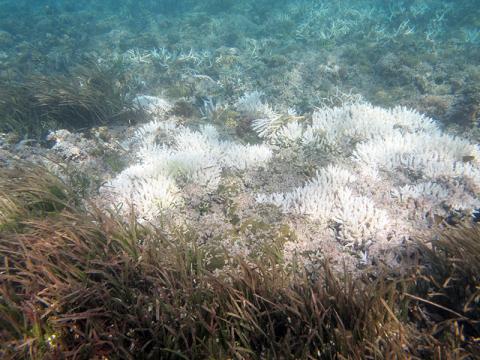
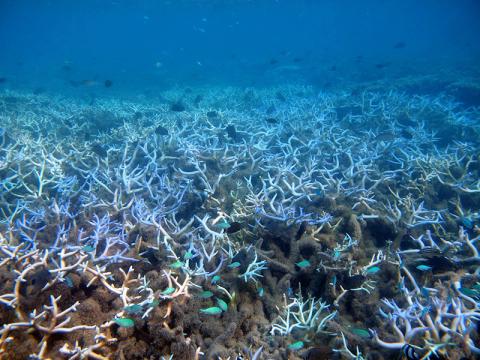
We offer our thanks to our supporters and contributors. Your donations are enabling us to get out on the reef equipped to dive and see what is going on.
We are in active dialogue with the reef team at the University of South Pacific regarding our next steps in working together with them.
© 2011-2025 The Avataric Samrajya of Adidam Pty Ltd, as trustee for the Avataric Samrajya of Adidam. All rights reserved.